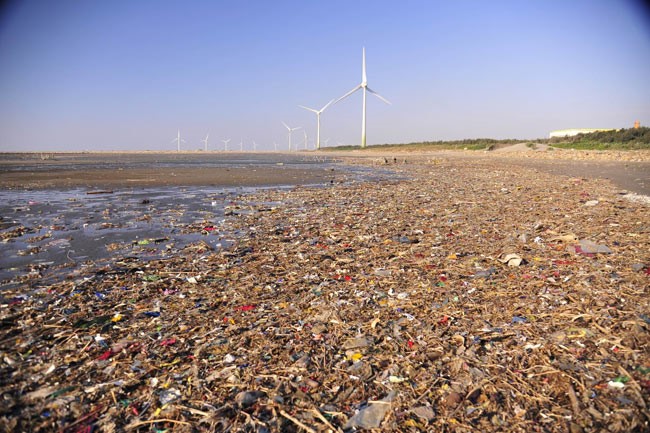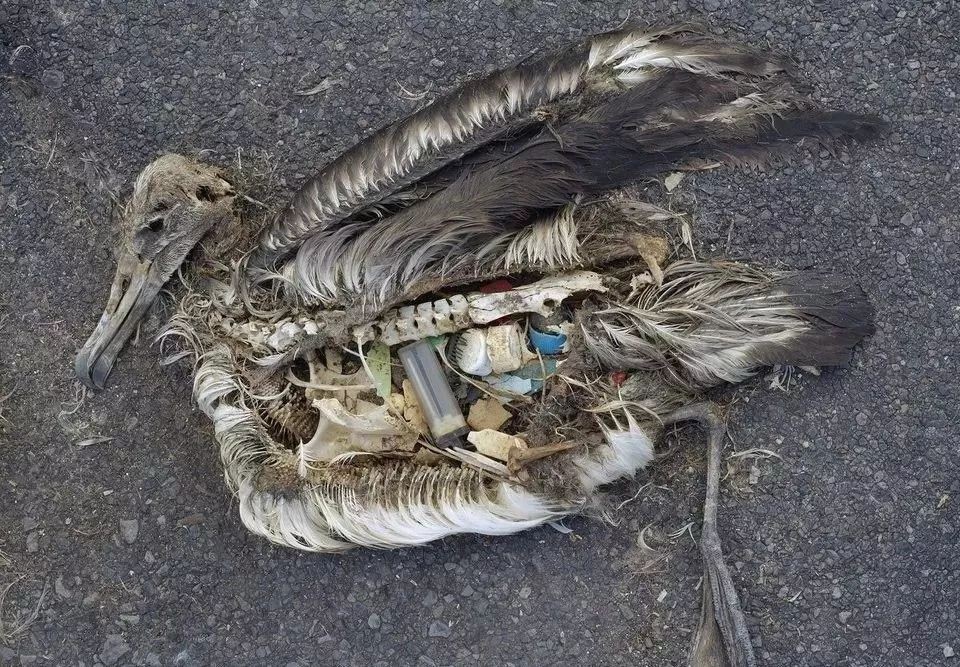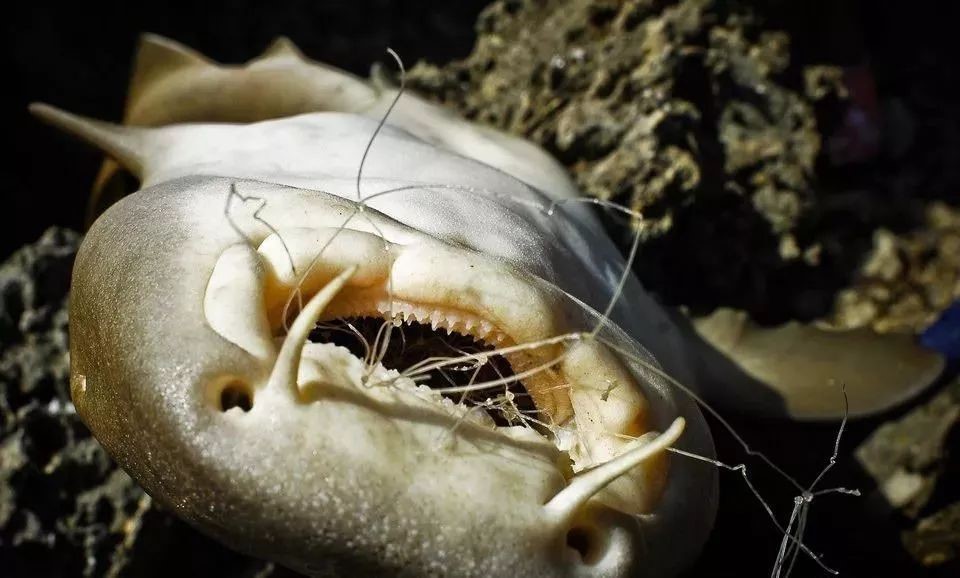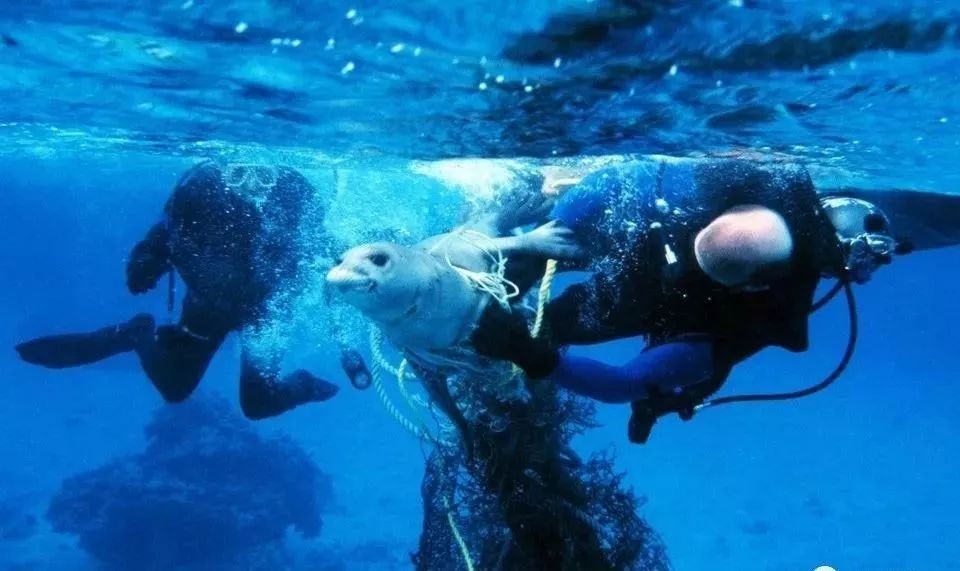Editor: Revowa 2020-07-06 view:146
The ocean accounts for about 70% of the Earth's surface area, and any garbage generated on land, if not properly treated, can easily end up flowing into the ocean and following ocean currents around the world's five oceans! Some may even be washed up on coasts around the world with the waves; The most typical example is the discovery of items brought into the sea by the tsunami during the March 11 earthquake in Japan, which were transported to the West Coast of the United States by the North Pacific circulation two years later.
1: Ghost Killer in the Ocean
Surprisingly, up to 80% of marine debris comes from land, with plastic being the most common and seemingly insignificant items in daily life, such as plastic bags, bottle caps, and bottlenecks. They often become the main culprit in killing marine life, such as sea turtles mistakenly eating plastic bags called "ghost jellyfish", which clog their intestines and prevent them from eating, leading to starvation. Scientists once dissected a stranded minke whale and surprisingly discovered that there were 800 kilograms of plastic bags in its stomach!


Figure 2: A dead albatross with a lot of plastic waste in its belly
2: Giant Garbage Sea
With the exchange and collection of ocean currents, marine debris has formed a super "garbage sea" in the three oceans. At present, approximately five major garbage seas are formed in the three oceans of the world, and their area doubles almost every ten years; The garbage sea in the Pacific has an area of over 1.39 million square kilometers, which is about 39 times the size of Taiwan Island! These wastes come from every country in the Pacific Rim, including Japan, South Korea, China, Taiwan and Southeast Asian countries, without exception.
The garbage sea not only threatens the safety of navigation and fishing, but also becomes a major international issue of marine environmental pollution. The US government has attempted to retrieve marine debris, but has given up due to the accidental capture of many marine organisms during the process, causing another wave of harm. At present, countries are still helpless with regards to the garbage sea, and can only issue maritime safety warnings and conduct long-term monitoring and research on the garbage sea, hoping to find effective solutions as soon as possible.

Figure 3 Shark's mouth filled with plastic fragments
Hazardous waste incineration generates a large amount of harmful gases similar to dioxins, so it is necessary to vigorously promote waste classification and recycling to minimize the environmental damage caused by waste treatment.
3: Plastic garbage particles pose a threat to the environment and ecology
The most worrying thing is that these marine debris are not easily decomposed by microorganisms, and even the fastest decomposition can take a hundred years. During the decomposition process, another type of marine pollution can be caused, such as plastic waste, which is affected by ultraviolet radiation and splits into small particles. Some are washed ashore by waves and mixed with sand, making it difficult to remove; Some may clog the mouths of marine organisms or get stuck in the digestive tract, preventing them from eating smoothly.
Some, like magnets, can adsorb toxic chemicals such as dioxins in the sea. If swallowed by the lowest organisms in the ocean food web, it not only disrupts the normal operation of biological physiological functions, but more worrisome is that with the amplification effect of biological accumulation, the concentration of toxins in high-order predators in the food chain, such as large marine mammals (such as dolphins) or fish (such as tuna), may be several hundred times higher than the original concentration of seawater! If humans, who are at the top of the ocean food web, eat these highly toxic creatures, the consequences will be unimaginable.
Solution: Garbage classification and reduction are the best solutions
The ocean is the most important ecosystem in the world. Without the ocean, there would be no Earth. The development of the Earth may not require humans, but human survival cannot be without the Earth. Without the ocean. Although current technology is not yet effective in removing marine debris, the most effective way to deal with garbage is to start with garbage classification and reduction, especially reducing the use of plastic products, sorting and treating harmful plastic waste correctly, recycling resources, and strictly prohibiting littering. It is much more effective than participating in "beach cleaning and sea cleaning" activities afterwards!

Figure 4: NOAA divers rescue seals from plastic ropes.
Plastic will not disappear on its own. If we don't clean up these large pieces of garbage now, they will continue to break into microplastics in the coming decades, and the situation will be even worse than now. If we follow human current treatment methods, the ocean will take 79000 years to complete self repair!
Plastic pollution in the ocean
Now it's getting worse and worse
Not only does it harm humanity
Constantly threatening the lives of marine life
We can't continue like this!
It's time to take action
Protecting the marine environment
Starting from oneself
Garbage classification and placement
Proper handling of plastic products
Your little effort
The future will bring about significant changes!